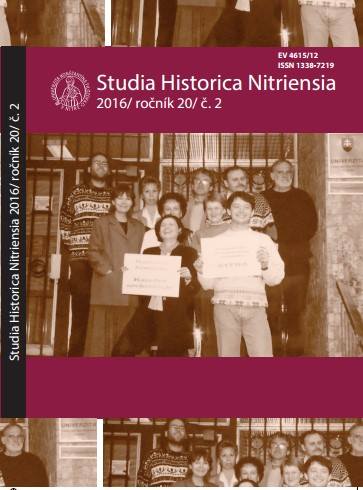Between East and West. Translation as a Means of Cross-Cultural Communication. Examples from Central and Eastern Europe in the Middle Ages and Early Modern Period
Between East and West. Translation as a Means of Cross-Cultural Communication. Examples from Central and Eastern Europe in the Middle Ages and Early Modern Period
Author(s): Márta FontSubject(s): History, Middle Ages
Published by: Univerzita Konštantína Filozofa v Nitre, Filozofická fakulta
Keywords: Translation; Central and Eastern Europe; Middle Ages; Early Modern Time;
Summary/Abstract: Literacy in medieval Christian Europe was characterised by Latin-Greek linguistic and cultural differences. Everywhere the vulgar tongue differed from the written language. In the territories where neo-Latin languages were spoken, elements from the vulgar Latin also appeared in written texts with increasing frequency. In Central Europe local variants of Latin formed, but was infiltrated by elements of the spoken language. We encounter few linguistic relics written in the vulgar tongue, but only a part of these are translations. From the beginning we find translation literature in the regions of the Orthodox Christian world, where the early practice of triglossia was superseded by the raising of Slavic into liturgical use. This was followed by translation of Greek liturgical texts and later of chronicles. In Central Europe the language of science remained Latin for many centuries. From the sixteenth century translation can also be observed on the borders of Latin and Orthodox Christianity.
Journal: Studia Historica Nitriensia
- Issue Year: 20/2016
- Issue No: 2
- Page Range: 405-418
- Page Count: 14
- Language: English

